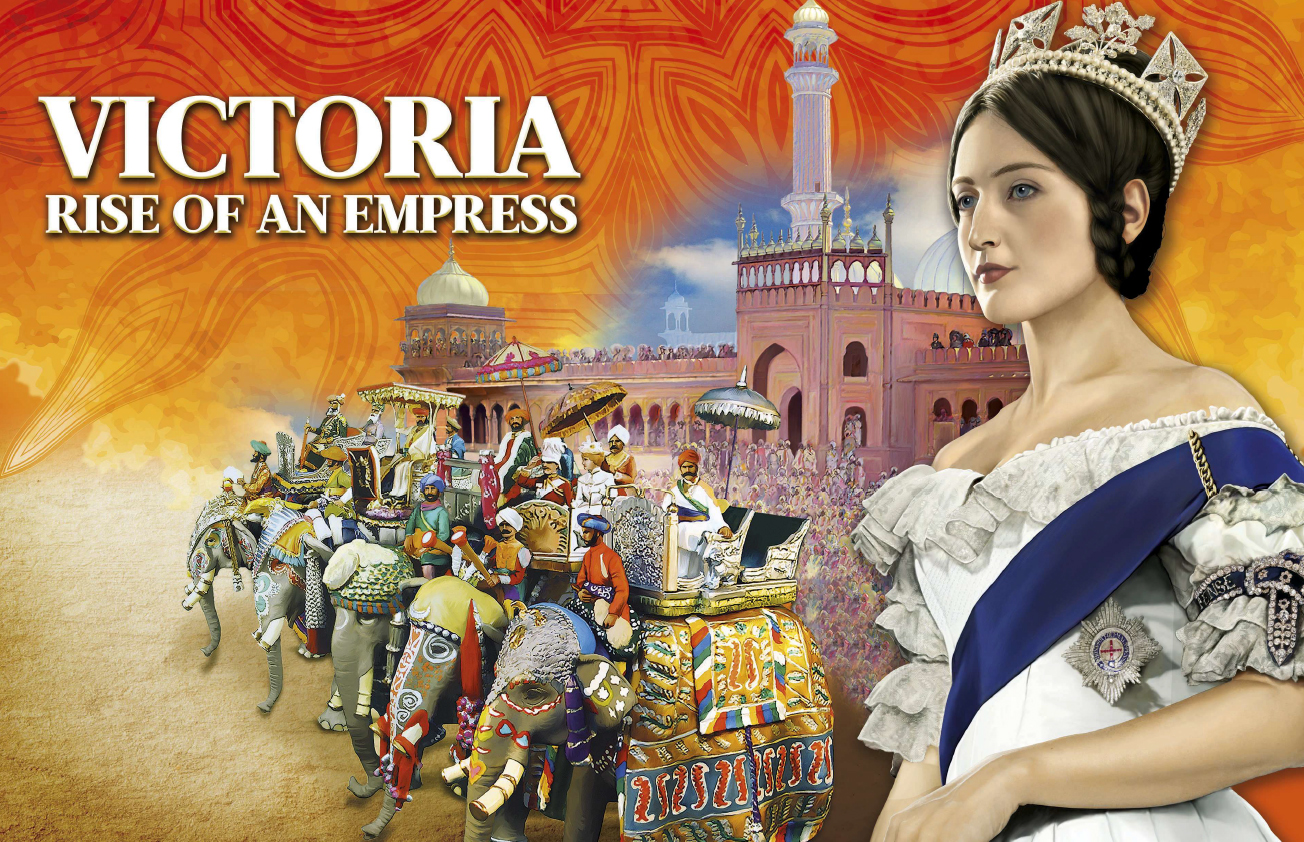
ILLUSTRATION: JEAN-MICHEL GIRARD/WWW.THE-ART-AGENCY.CO.UK, ALAMY X1
On 1 January 1877, while Queen Victoria was quietly celebrating the new year with her family at Windsor Castle, a spectacular celebration was taking place more than 4,000 miles away in Delhi, India, to mark the Queen’s new imperial role as Empress of India. Determined to ?aunt the power and majesty of the British Raj, Lord Lytton, Viceroy of India, chose to revive Mughal traditions for the extravaganza, con?dent that it would be well received. A plan was coordinated to present leading Indian chiefs and princes with shield-shaped silk banners emblazoned with their coat of arms, albeit in a deliberate European style – “the further east you go, the greater becomes the importance of a bit of bunting”, the Viceroy is recorded as saying. By the end of 1876, more than 400 Indian princes, chiefs, officials and their retinues had gathered together in Delhi in preparation for the grand ceremony.
The resulting pageant was a sumptuous demonstration of British authority. The Viceroy and his family processed through the streets of Delhi on elephants, entering the specially constructed Throne Pavilion to a fanfare of trumpets and royal salutes.